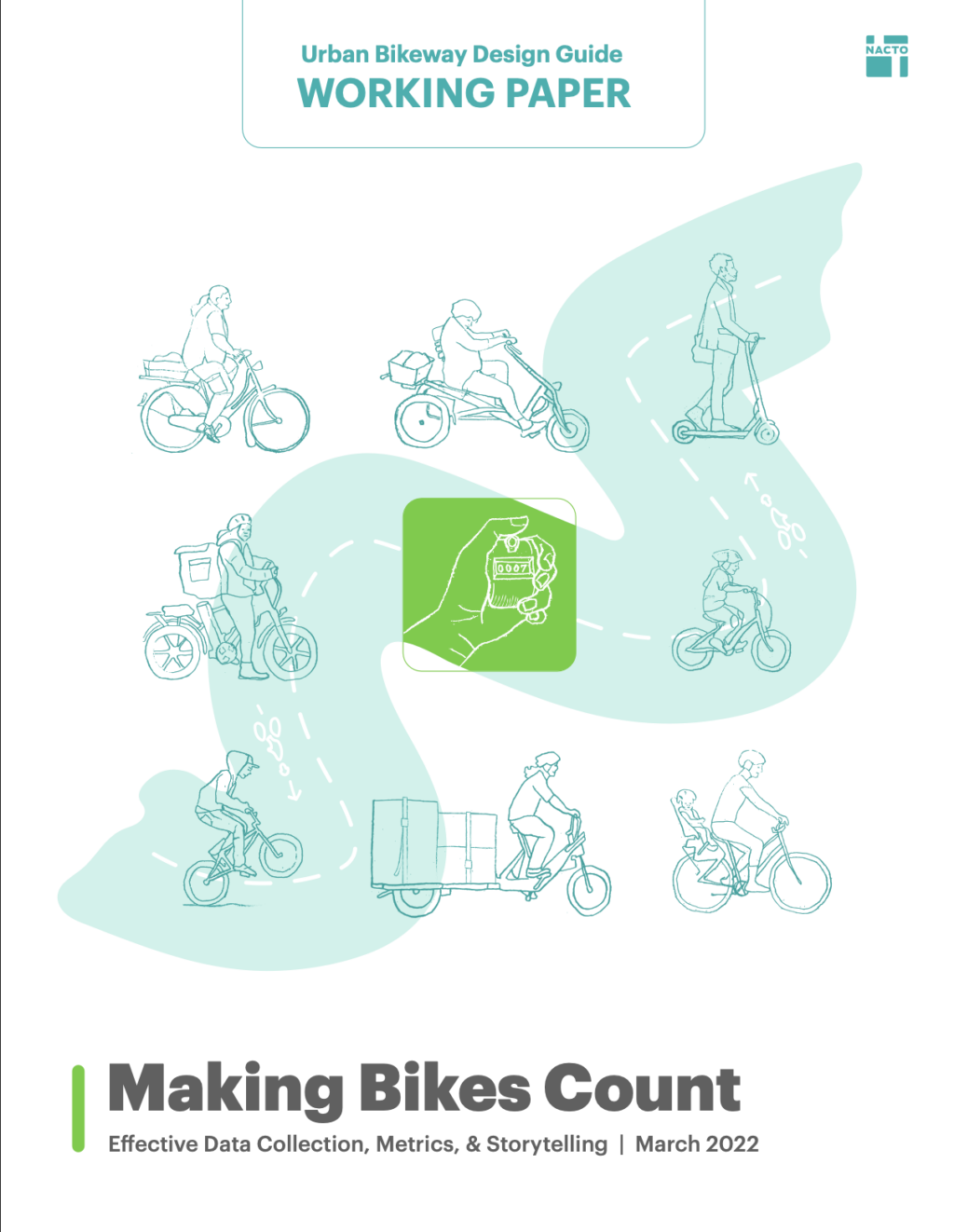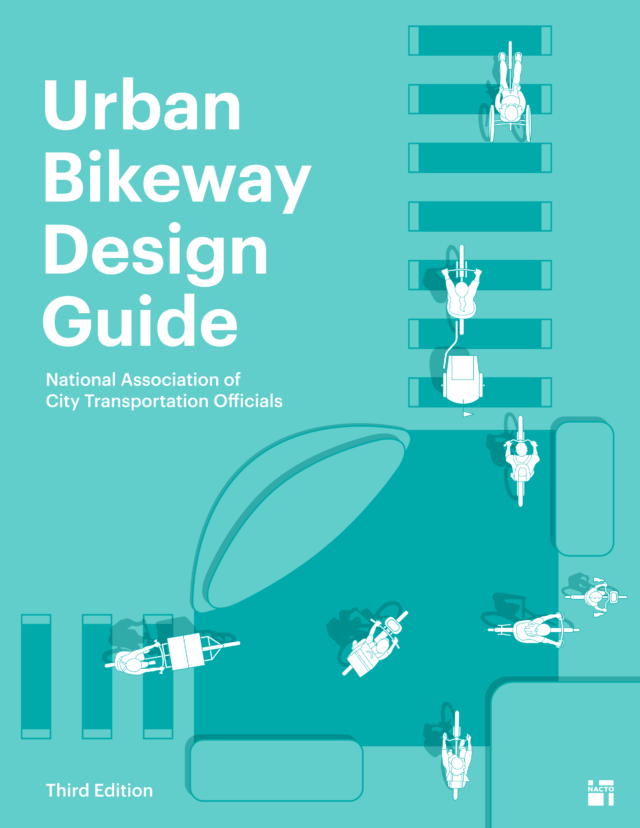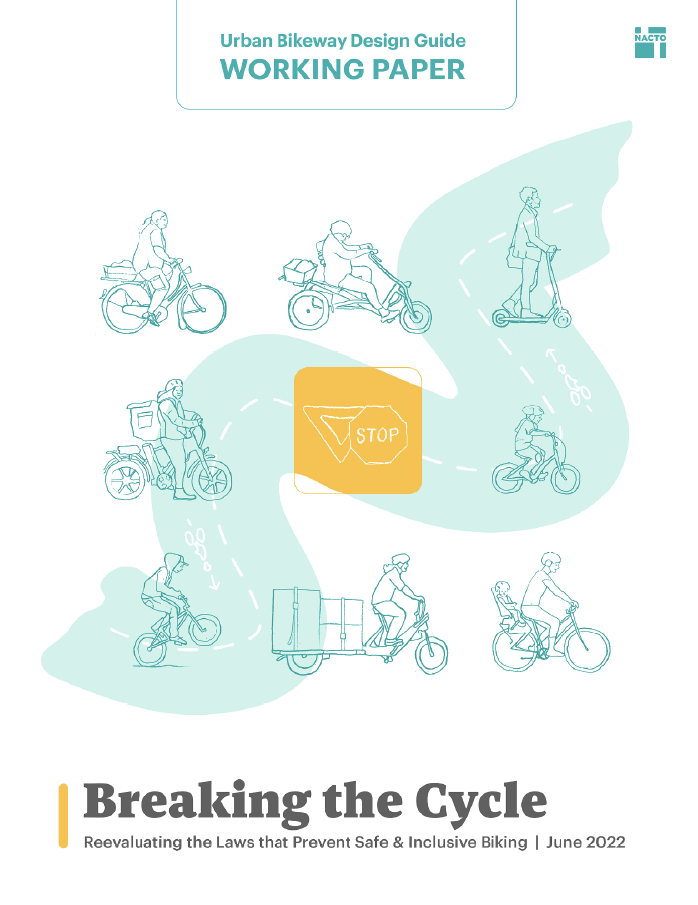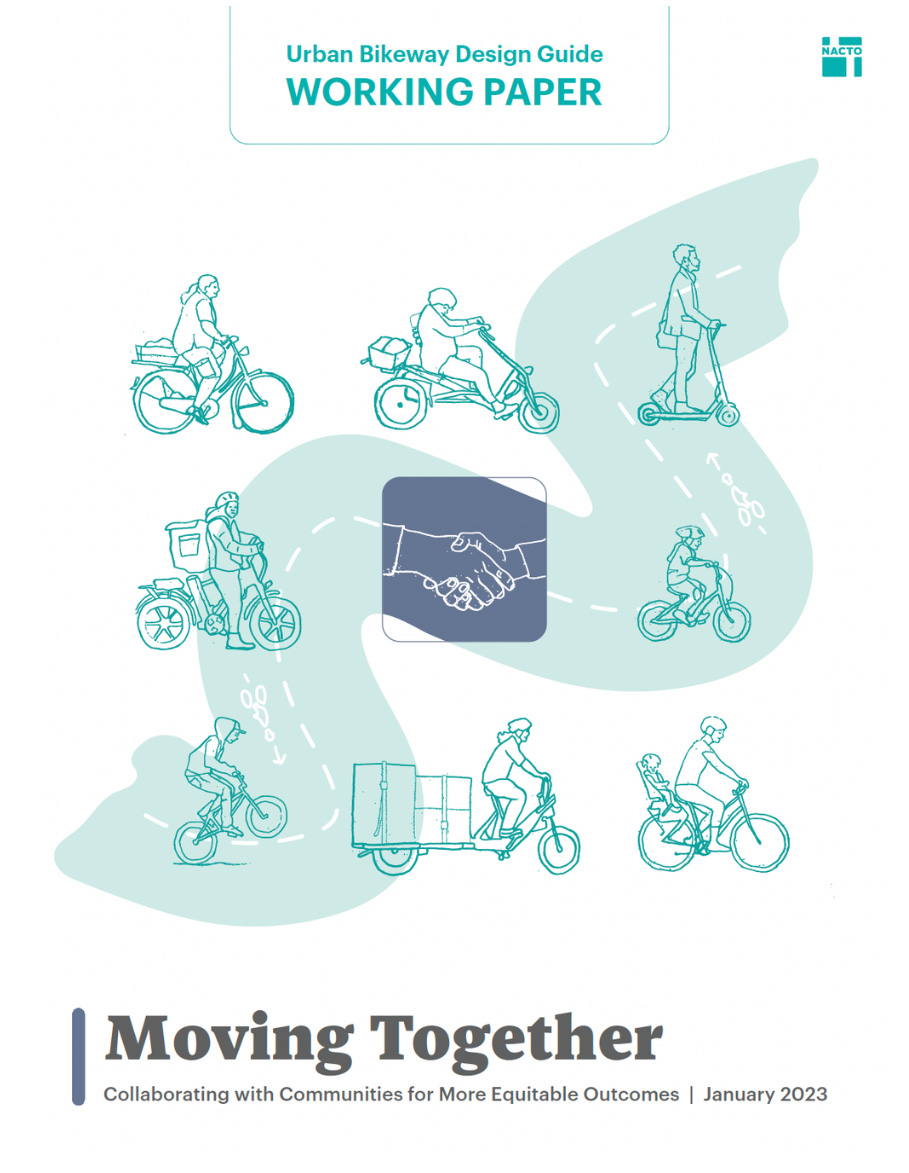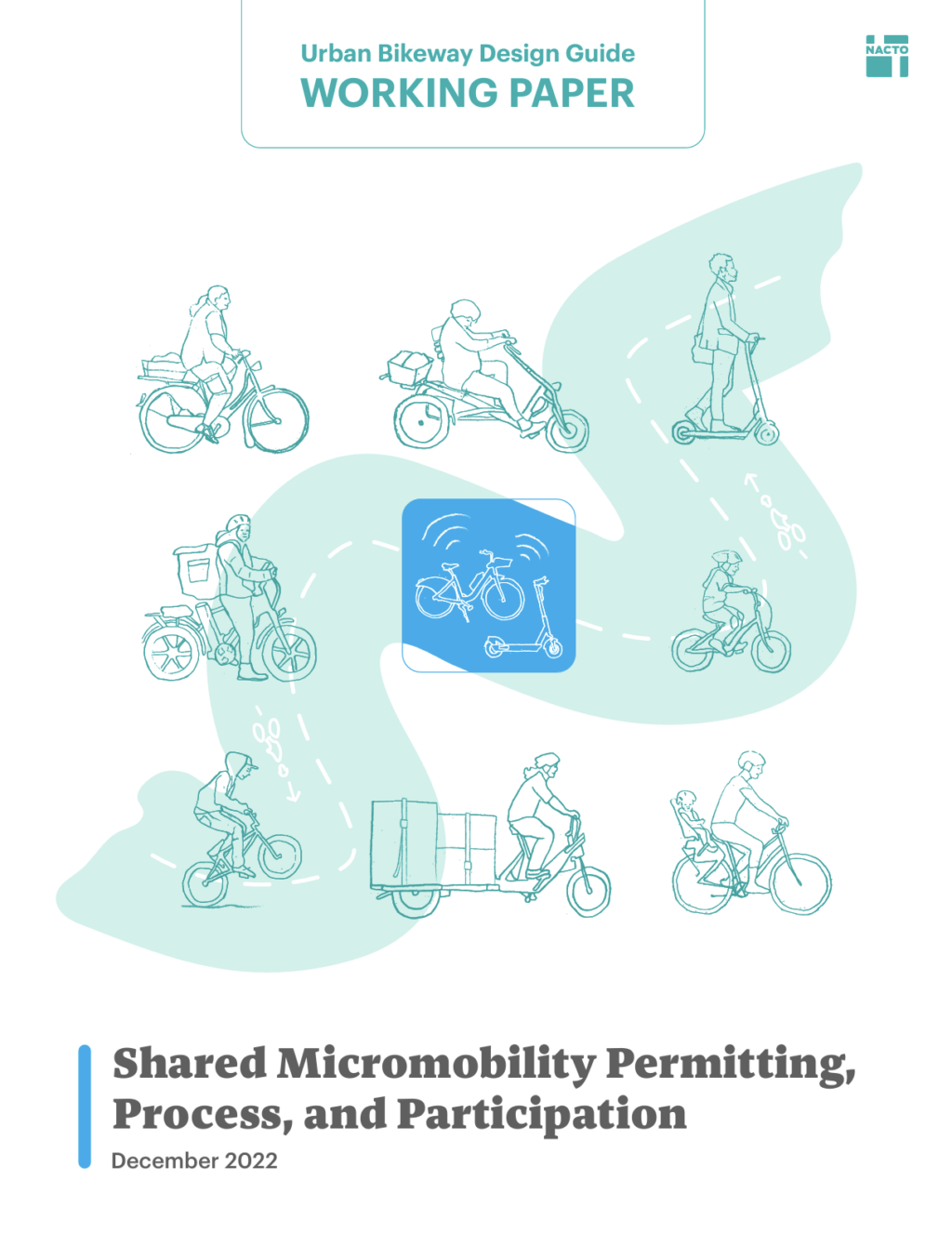Recommendations to build better bike count programs that help cities meet their climate and equity goals.
In urban planning, what we count—and how we count it—matters. Bike count programs that focus solely on trips during peak commuting times or on areas with built-out bike infrastructure often miss the full range of biking activity happening in cities. Trips outside of existing bike networks or during off-peak hours are more likely to be made by delivery couriers, low-income riders, families or caregivers, and riders of color. Counting trips made by these underrepresented groups can help transit agencies make biking safer and more equitable for everyone, and help cities make the case for increased financial support.
Making Bikes Count: Effective Data Collection, Metrics, & Storytelling is a practical, how-to guide for planners and practitioners who want to build better bike count programs, using technical knowledge and best practices from cities across North America. With intentional data collection and creative storytelling, cities can use bike counting to engage better, plan better, and get more people on bikes.
Making Bikes Count is the first in a series of working papers developed by NACTO with our member cities to address the most critical gaps in bikeway design guidance, as part of a long-awaited update to the Urban Bikeway Design Guide. Lessons learned since the Guide was first published a decade ago will be shared over the coming months, and in 2023, NACTO will codify them into a new, third edition of the Urban Bikeway Design Guide.
